You can have the best living room furniture in the world, but if it’s haphazardly placed wherever you could find space, everyone in the family will just retreat to their own rooms and you’ll never get to spend some time together. With these 20 tips for arranging furniture in your living room, you can make the most of what space you have and turn your living room into an oasis of comfort, warmth, relaxation and yes, family time.
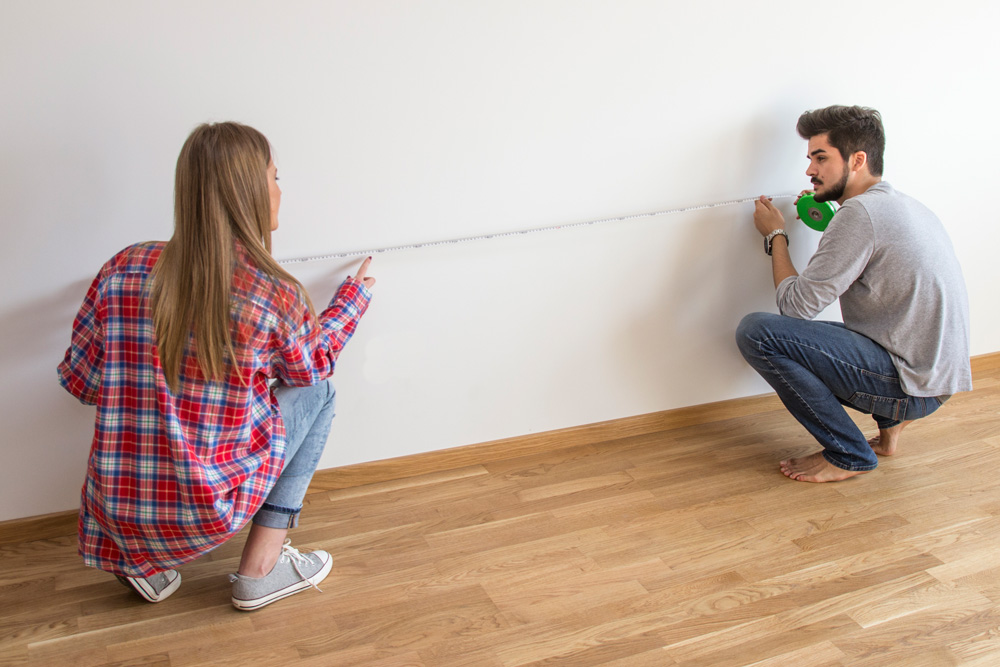
Take Measurements
Before you start arranging furniture, you need to take some measurements to see how much space you have and how much space you’ll need. Measure the length and breadth of the room. Height isn’t that important but could be helpful too. Then measure the doors and windows as well as irregular bits, like bay windows or a fireplace. Next up, measure the pieces of furniture you’ll definitely want in your living room.
Related: IKEA Offers Special Furniture Add-Ons for People With Disabilities

Make a Plan
Before you start the back-breaking job of moving furniture around, only to decide you don’t like the new living room layout and then having to move everything back again, make a model of your living room that you can play around with. It could be as simple as a sketched floor plan. You’ll also find plenty of apps and programs online that serve the same purpose.
Related: 20 Small Living Room Design Ideas You’ll Want to Steal
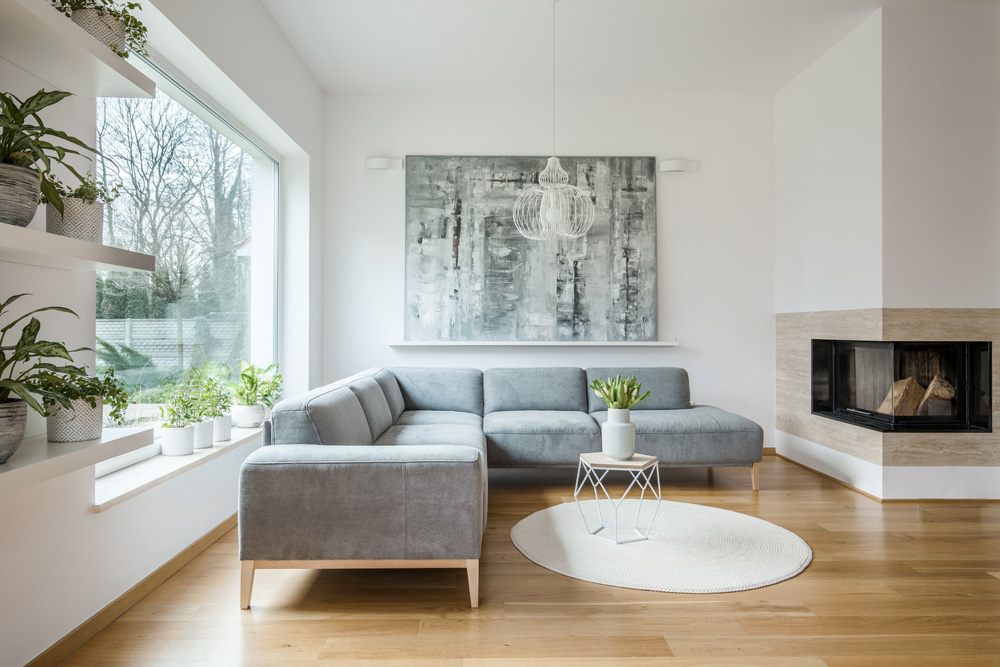
Choose a Focal Point
Deciding on the furniture layout will become much easier if you can arrange things around a focal point. So decide what you want the focal point in your living room to be. It could be the fireplace or a picture window or it could be the TV or a striking piece of art. It can even be a coffee table in the middle of the room.
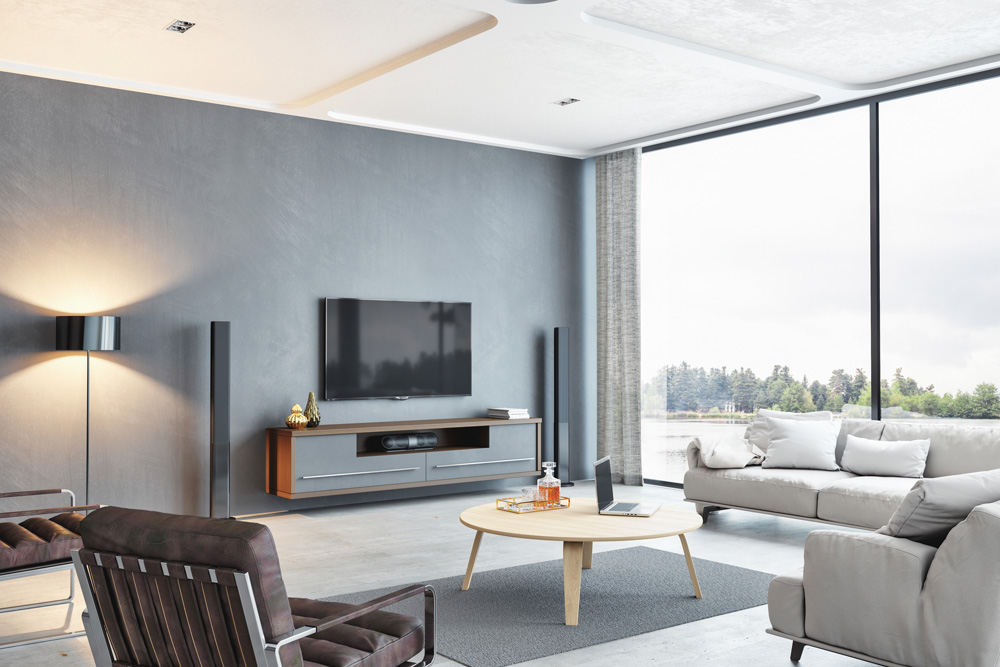
Arrange a Seating Area With the Focal Point in Mind
Once you’ve decided on a focal point, arrange the seating area – couches, sofas and chairs, mainly – with this point in mind. A semi-circle works well if the focal point is a fireplace or a TV, while a circular layout can be a good option if the focal point is in the middle of the room. If your focal point is a painting or a picture window, you don’t want to place furniture with their backs to this point.
Related: You’ll Want to Cozy up in These Celebrity Living Rooms

How to Arrange Furniture Around a TV
When you’ve decided that the focal point is a TV, the maximum distance for comfortable viewing is between 2.5 and 3.5 metres, depending on the size of the TV. Also keep in mind the viewing angle: an angle of more than 30 degrees makes for very uncomfortable viewing. Another thing to consider is how most people in your household prefer to watch TV: sitting upright, lying on their side or lying on their back? This will help you decide if you want the couch directly facing the TV or off to the side, for instance.

How to Arrange Furniture Around a Fireplace
If you decide to make the fireplace the focal point, you have more freedom in your furniture placement. You can stick with a semi-circle or go for a U-shape or even an L-shape. You want to create a cozy atmosphere, so don’t place the furniture too far apart. Place things facing one another to encourage conversations. Remember to not to place furniture closer than about a metre from the fireplace or things will get too hot.
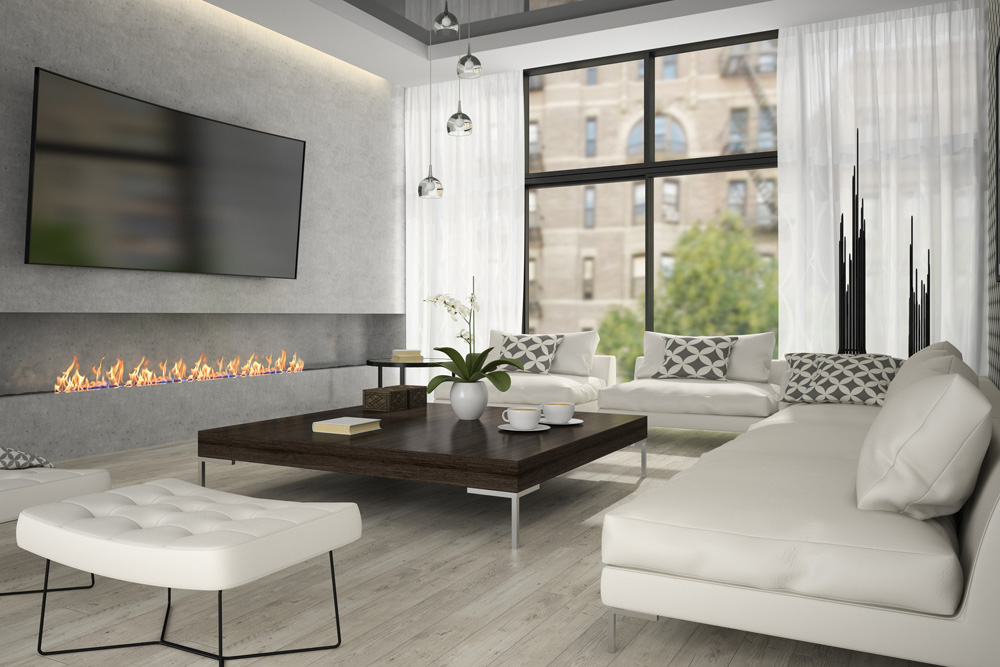
How to Combine the TV and Fireplace as Focal Points
What if you have a room with fireplace but you want to use the living room mainly for watching TV? Because the TV is movable, the solution is really easy. Simply mount the TV above the fireplace – not too high, though – and place the furniture in a semi-circle, all facing towards the TV.
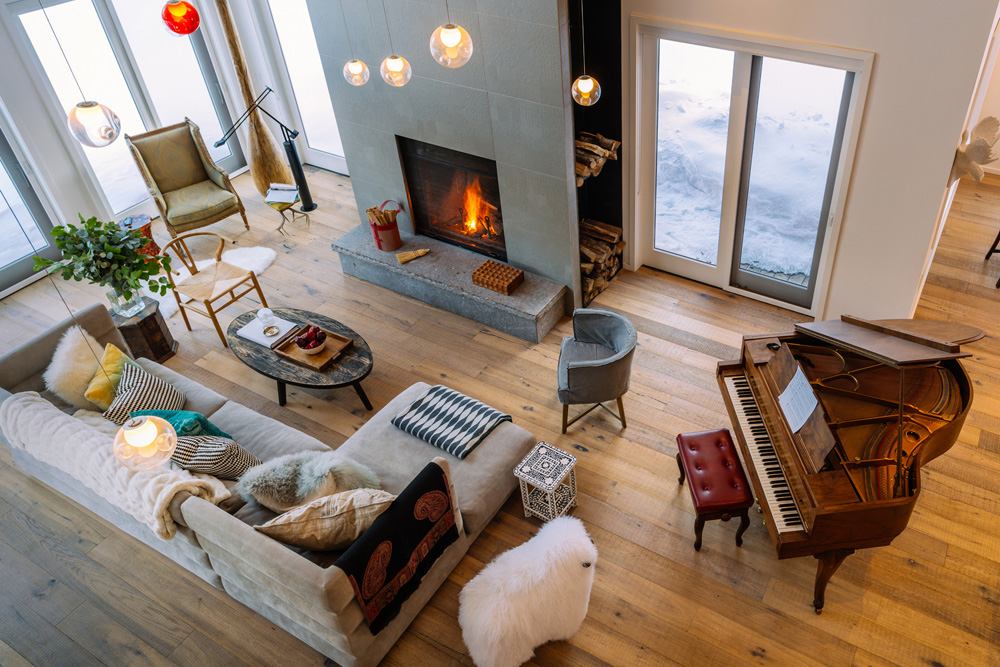
Don’t Arrange Seating Furniture Against the Walls
Even in a small living room, having all your armchairs and couches or sofas placed against the walls will look awkward and uninviting. If you have to, you can have one couch or sofa placed against the wall, but pull all other furniture more towards the centre. This creates a feeling of intimacy and can actually make the room look bigger too.
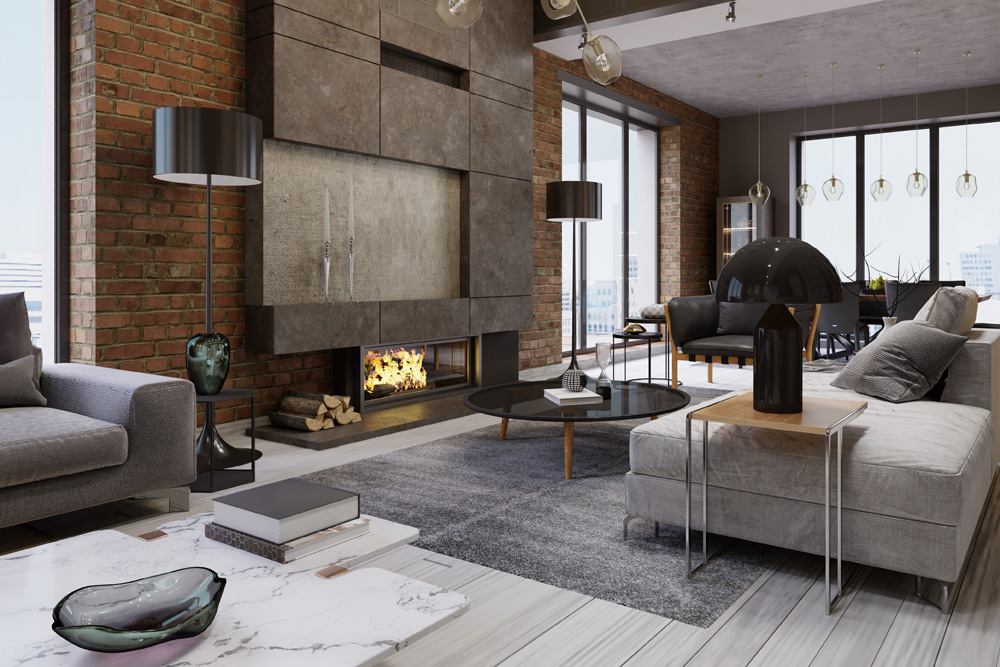
Consider an Extra Seating Area
A good solution for a room that is long and narrow is to create a second seating area. You can place two sofas back to back and then create the two different seating areas around them. You can even give each area a different function: one for watching TV and one for chatting, maybe. Separating different areas according to their function is also one of the tricks of organizing small spaces for maximum storage.
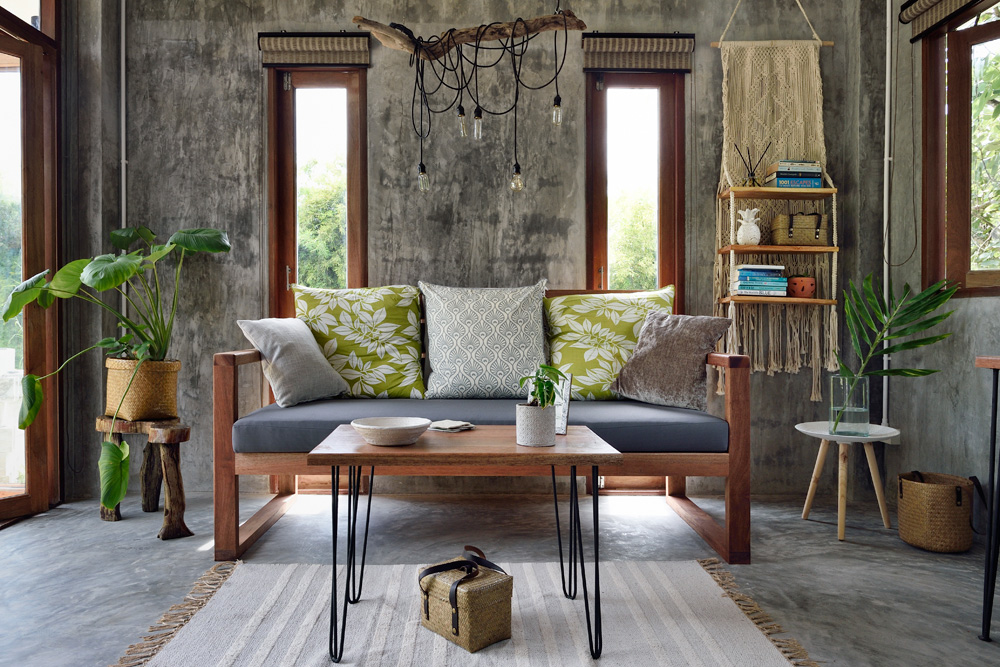
Place the Non-Seating Furniture
Once you’ve created your main seating area, you can place the smaller, non-seating furniture. These will be tables, ottomans, storage or display cabinets and the like. Place them where they will best serve their purpose: side tables within arm’s reach of chairs or couches, for instance, so people won’t have to get up to fetch their drink or the TV remote.
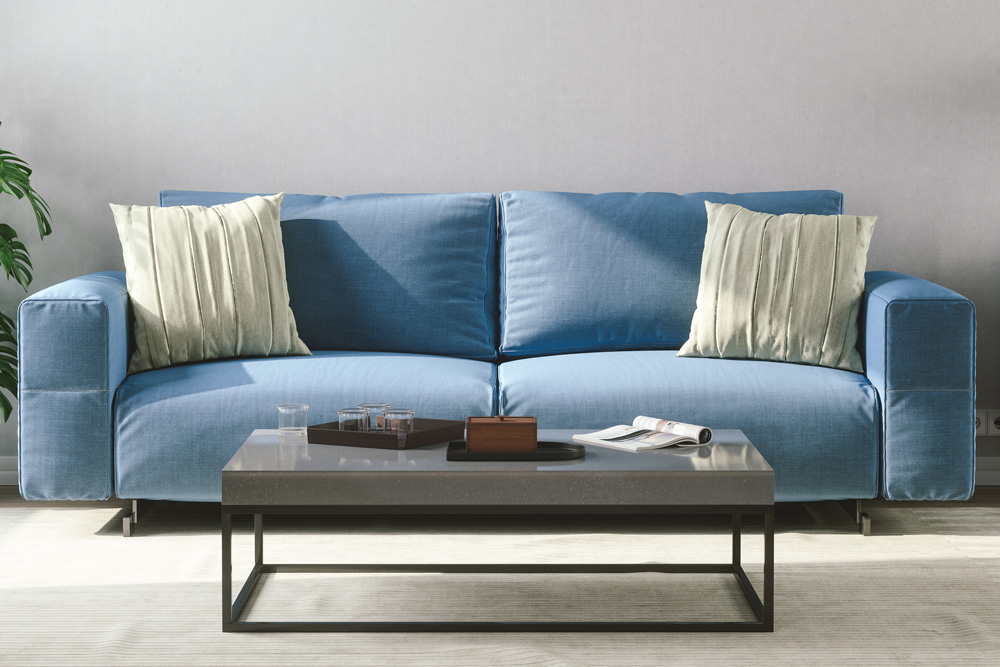
Choose the Right Coffee Table
A coffee table is not only practical. If you style your coffee table like a pro, it can even become the focal point of the room. The best coffee table is one that’s slightly lower than the seat height of the furniture you arrange around it. It shouldn’t be too long either: about one half to two thirds the length of the sofa or couch.
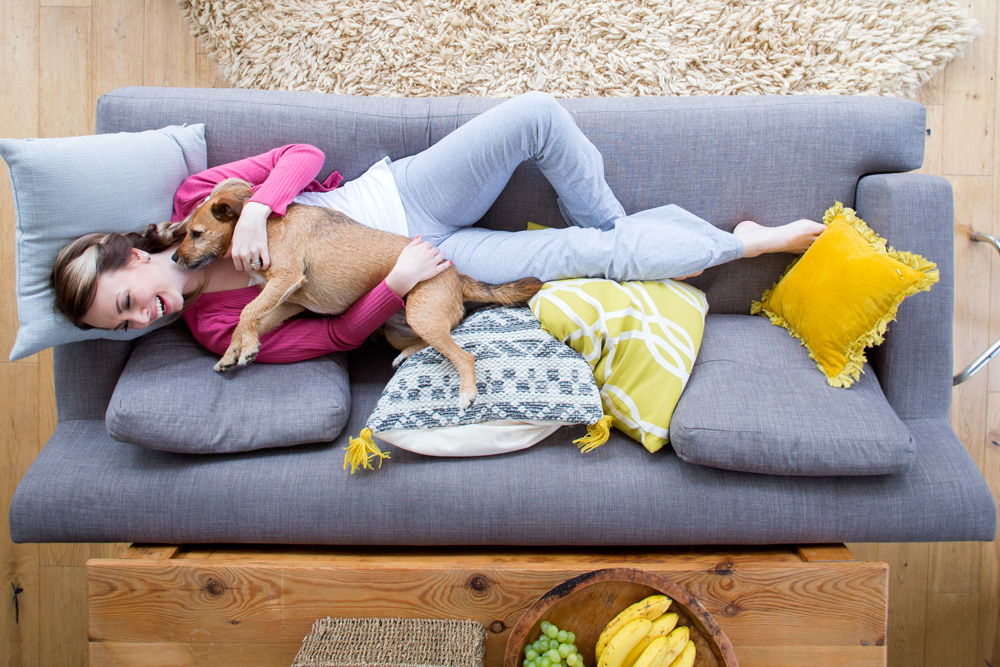
Consider a Sofa Table
If there’s not enough space for side tables at either end of the sofa, you may want to consider a sofa table. This is a long, narrow table that goes behind the sofa. You can use it for extra storage space or to put decorative items like plants.
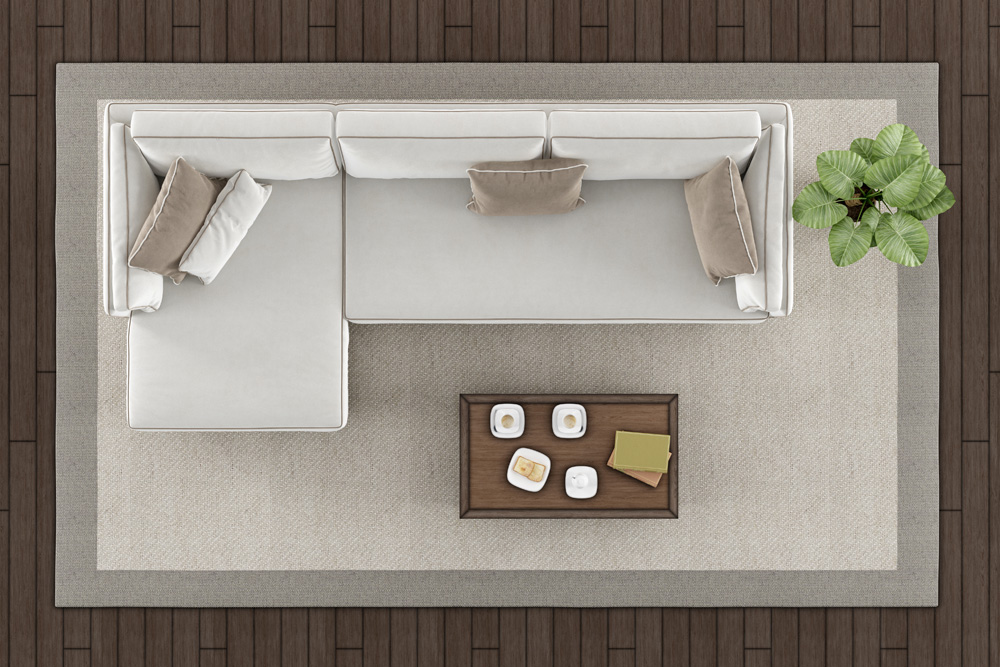
Use a Rug in the Main Seating Area
When you’ve created your main seating area, place a rug in the centre of it. This rug shouldn’t extend beyond the sofas, couches and chairs. The idea is that it provides a visual cue, delineating this particular area as one with a separate function. A rug also creates warmth and makes your seating area more inviting.

Consider a Small Dining Area
If your living room doubles as a dining room too, you probably know how tricky it can be to eat at a coffee table. A fun solution is to create a café-style dining area by placing a small round table against the wall and adding a chair or two. If you need more seats, you can simply pull the table away from the wall and bring in more chairs.
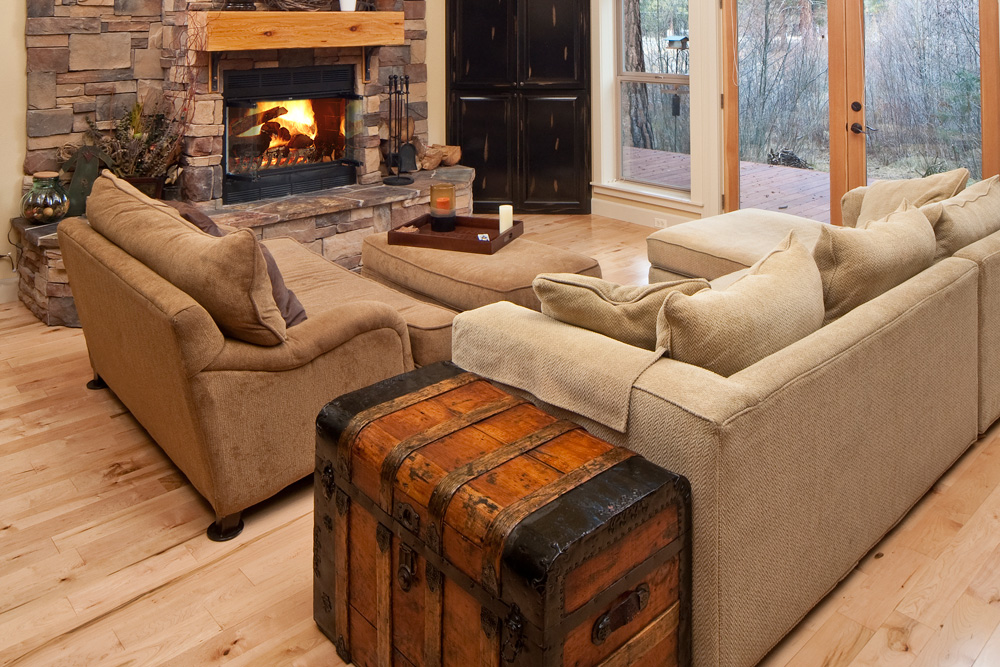
Choose Multipurpose Furniture
Especially if the space in the living room is limited, you may want to pick furniture that can serve more than one purpose. Instead of a side table, for instance, use a chest that can serve as a storage space. Ottomans are useful too, since they can instantly become extra seating.
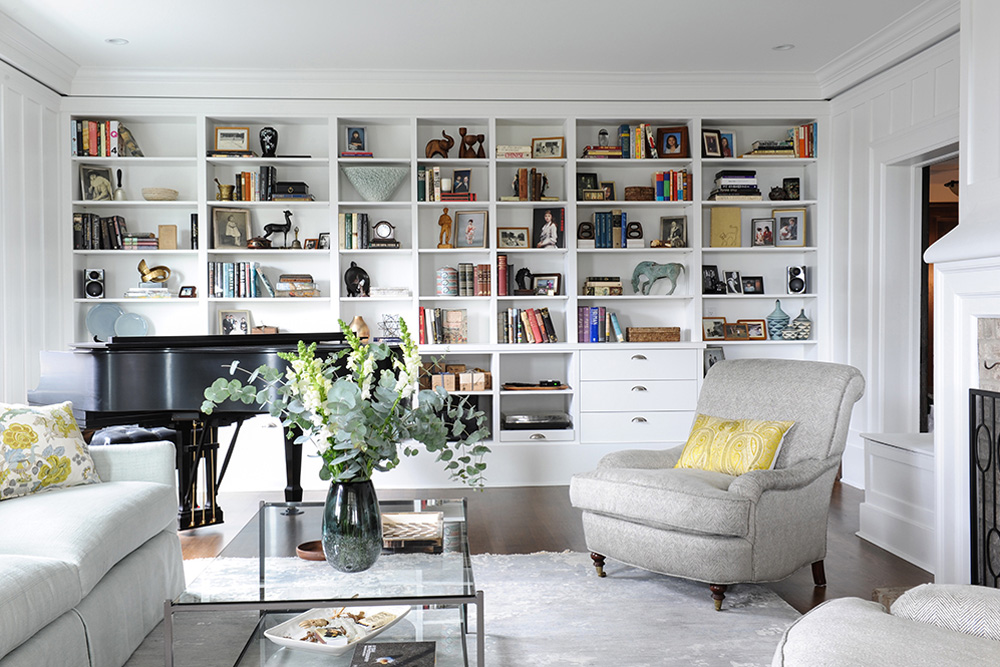
Use the Walls More Efficiently
Walls are not just for hanging paintings or portraits. To maximize your living room space, get creative about how to use the walls more efficiently. There are some great living room shelving ideas that will help you keep things organized without taking up too much extra space. Add wall-mounted shelving for placing decor items, plants or lamps.
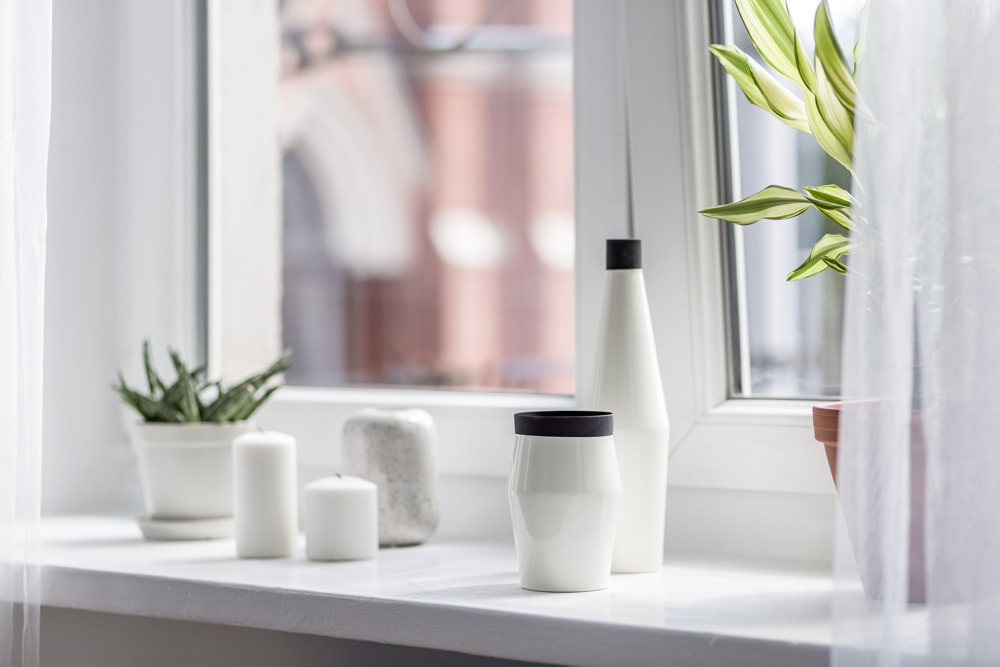
Utilize Wide Window Sills
If your living room has wide window sills, the obvious way to use them is to put plants there. If you don’t want lots of plants, however, you can still use these window sills creatively. Add some colourful cushions, for instance, and you have an extra seating area. Just remember not to put so many things on the window sill that you block out the natural light.
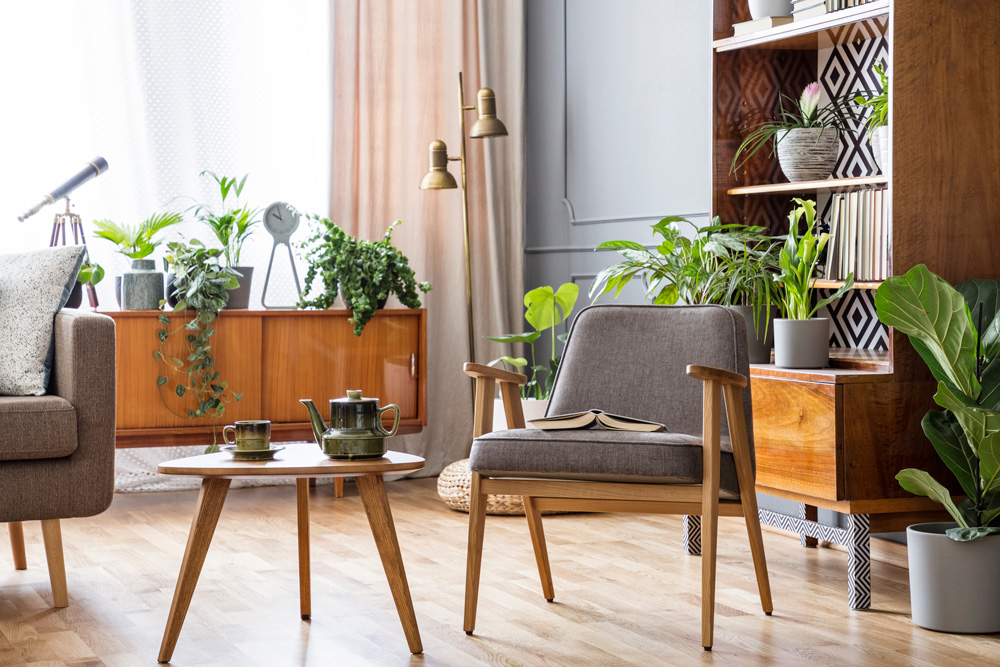
Place Your Plants According to Their Needs
While plants are usually considered living room accessories rather than centrepieces, you need to think carefully about where to put them. Place them according to what they need to flourish: save the spots near the windows for plants that need lots of sunlight. Indoor plants that thrive on low light can then go into those places further away from the windows.

Be Clever About Lighting
Lighting can make or break a room, so be clever about how you use this. The best place for a chandelier is above the main seating area. You can use floor and table lamps at different heights to make a room look bigger and add visual interest. Remember too to make the most of natural light.
Related: What Makes Furniture So Expensive? HGTV Expert Breaks Down the Details
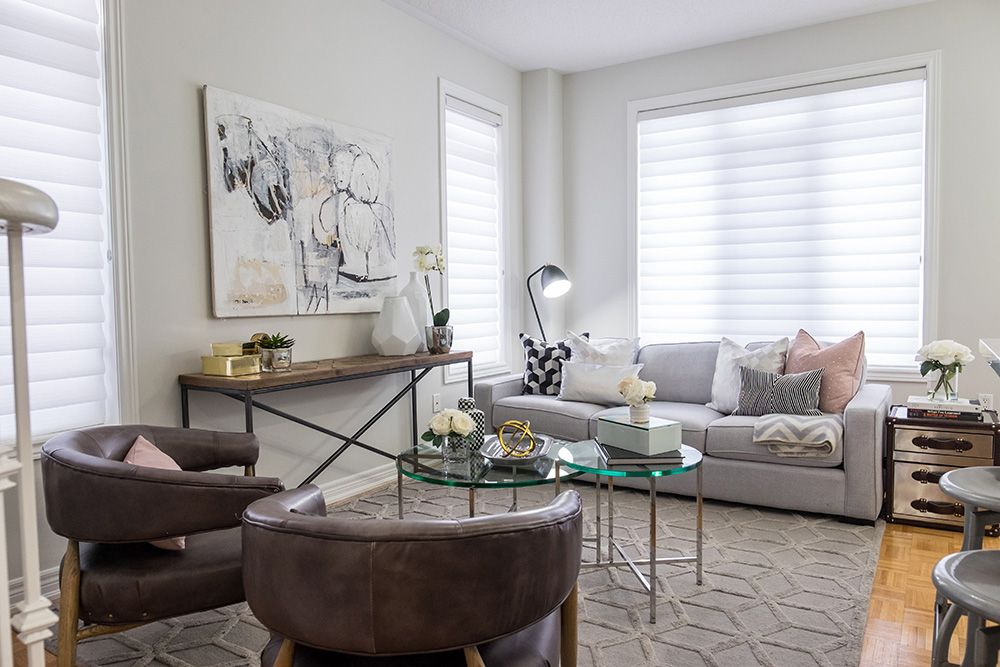
Remember the Flow
When you arrange the furniture in your living room, it’s very important to remember that people should still be able to move around in the space. Leave enough space between chairs and side tables where people need to walk through, for instance. There should also be enough legroom between the coffee table and the furniture everyone will sit on. If you bump into furniture or knock things off tables as you move through the room, it’s too cluttered and you’ll have to remove some pieces.
HGTV your inbox.
By clicking "SIGN UP” you agree to receive emails from HGTV and accept Corus' Terms of Use and Corus' Privacy Policy.





